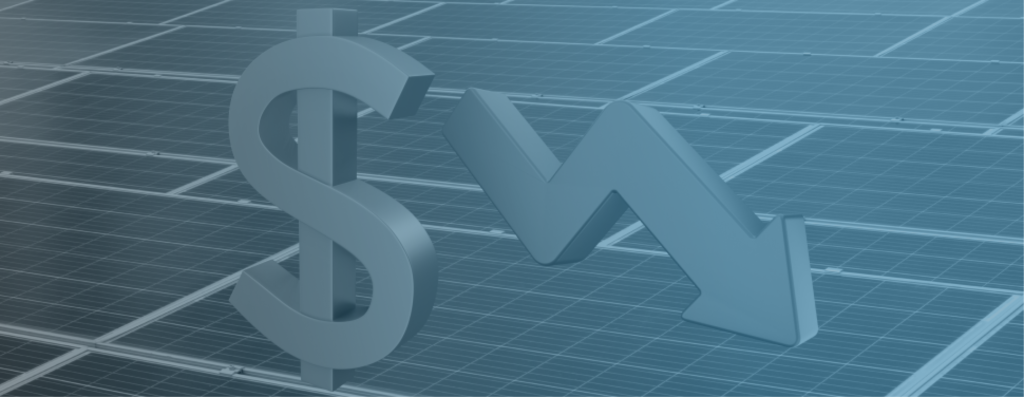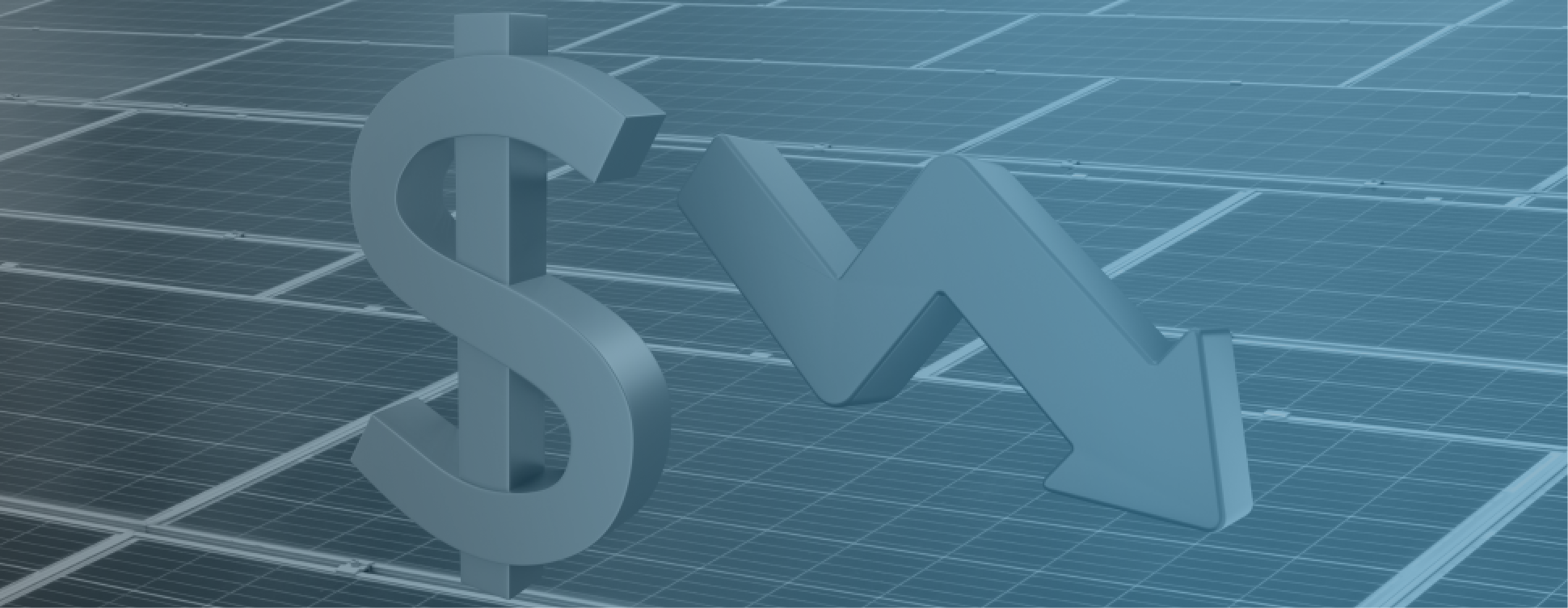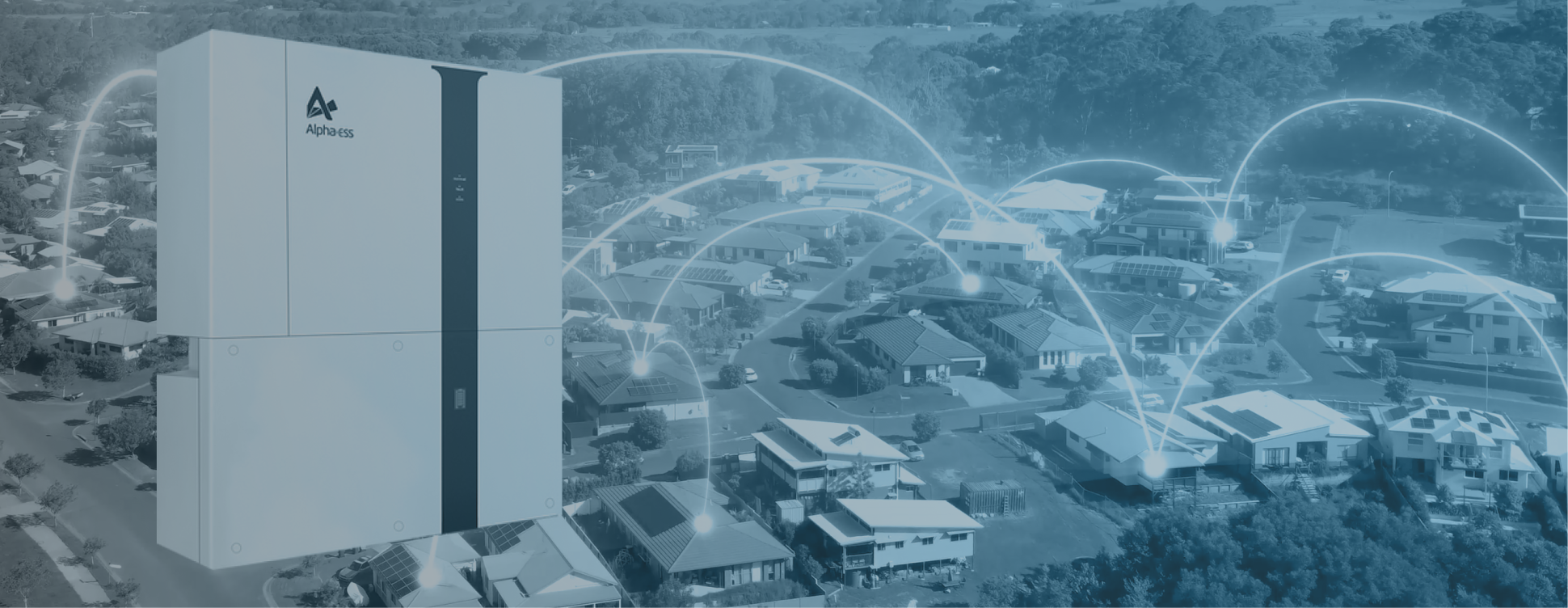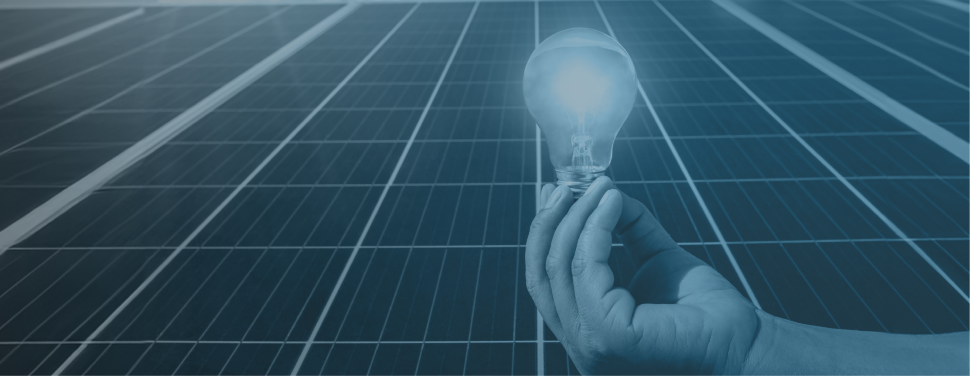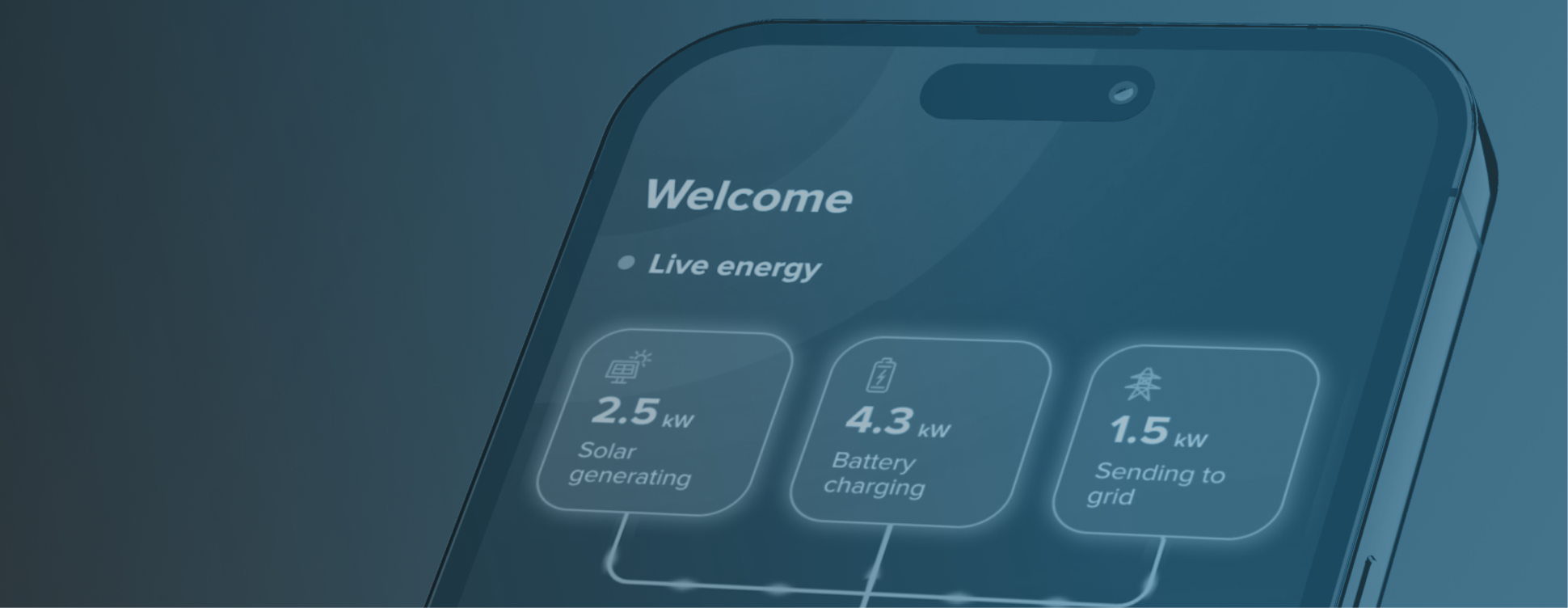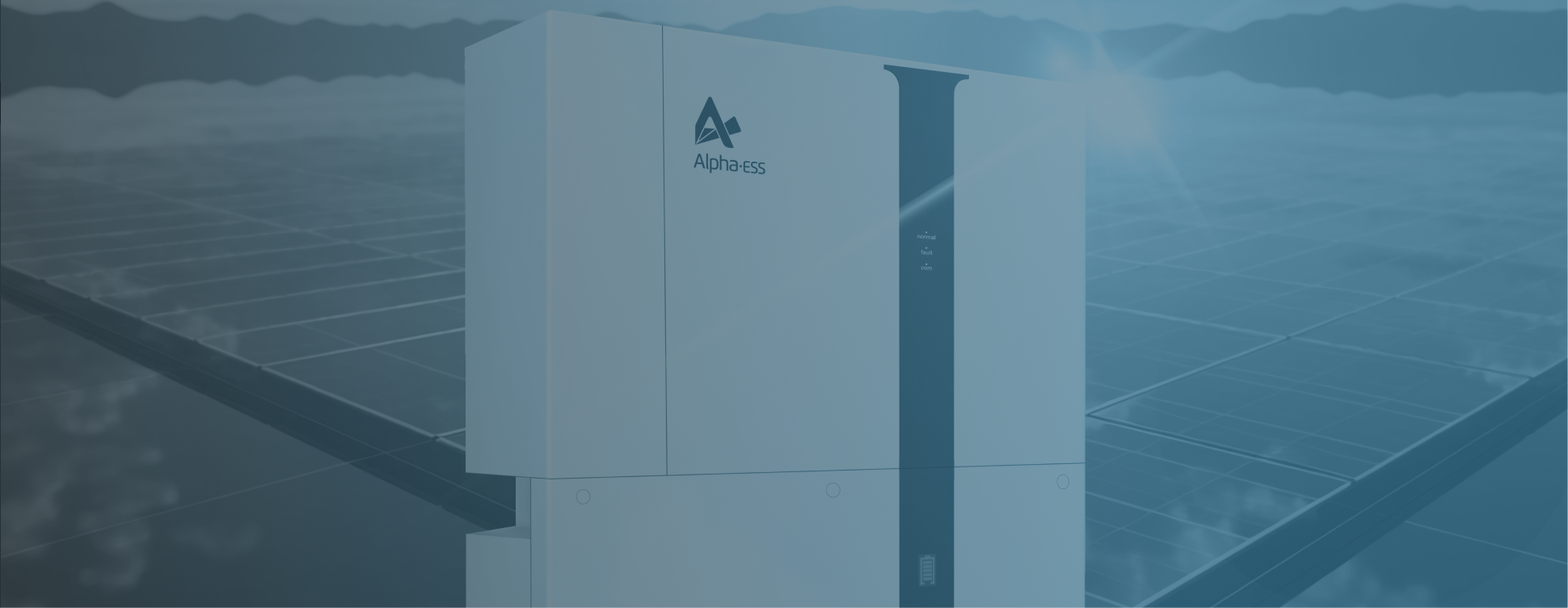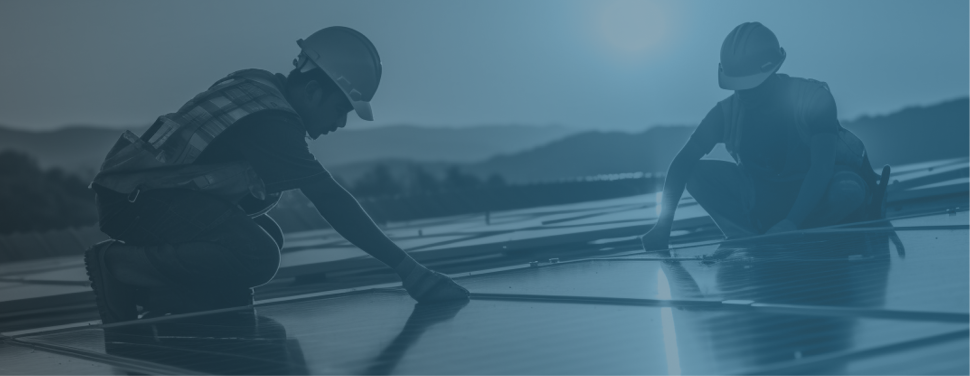For solar retailers and installers, understanding the dynamics of feed-in tariffs (FiTs) and their implications on solar energy solutions is critical. As FiTs continue to decline, equipping your customers with the knowledge and tools to adapt is essential. In this blog, we’ll explore how to position the complete panel, battery, and VPP solution from Powow as a strategic response to these changes.
Solar feed-in-tariffs are going down – maybe it’s time to add a solar battery?
While solar feed-in-tariffs (FiTs) were once a generous incentive for customers getting a solar panel system installed, the significant reduction in solar FiT payments are causing more and more Aussies to rethink their solar strategy to offset energy prices that are spiraling out of control.
The shift away from relying solely on solar panels, to batteries and Virtual Power Plant solutions like Powow’s Virtual Power Plant^, is fast becoming a crucial step towards maximising the benefits of a solar lifestyle. Let’s delve into why this is the case.

The decline of solar feed-in-tariffs: a brief overview
The increasing gap: The difference between power prices and feed-in tariffs has grown noticeably, and is now more magnified than ever before because of the high price of grid energy we are experiencing. This is primarily because as more people have solar panels installed, the amount of solar energy sent back to the grid has significantly increased as well. Due to this oversupply, power companies are paying less and less for your exports.
Solar feed-in-tariffs used to be very generous back in the day, in some cases as high as ~$0.60/kWh. Now they are around $0.05/kWh – $0.10 give or take depending on who your energy provider is and what type of plan your are on. Not very good! This is why keeping your power for yourself and using it at night is so important.
The best way to save big on power bills with solar these days is to use as much of your own power as possible rather than selling it back to the grid for next to nothing, then having to buy grid power at night for around 7 times the cost.
A proposed “suntax” is just around the corner
This is a pretty big subject, and way too long to cover off here. However, there are a few key things to highlight.
In a nutshell, Australia’s distribution network companies are in the process of taking the final steps to introduce consumer solar export tariffs in July, 2024. Depending on the state the timings are different. You can read more in depth about this subject here. And if you really want to get into the weeds, have a look at this article from Solar Analytics which looks at things in detail across all states.
But for our purposes here, essentially what it amounts to, is that Australia’s network operators (for example,Ausgrid), are set to introduce export pricing to reflect the increasing costs to support customers’ solar exports back to the grid. And in doing so shift customer behaviour to self-consume as much of their solar energy as possible, or time their solar exports when the grid most needs extra energy. Exports that occur outside of this high-demand period, will in theory be penalised.
So just like you pay for consumed energy, they will charge the energy retailer for solar exports sent back to the grid from their customers. The energy retailer will roll this “suntax” into your bill potentially increasing your power costs even further – unless you change behaviour and fall in line.
So that’s a little bit of future gazing (albeit not that far in the future), but let’s get back to the present for the purposes of the rest of this blog.
Why storing solar power with a battery makes sense:
A Shift in Strategy: Previously, high FiTs made it profitable for households to sell back their excess solar power at a great profit. But with current low rates (as low as 5c FiTs), it’s more beneficial for households to use their own generated power, avoiding high grid energy prices both day and night. Adding a solar battery into the equation is essential to achieve this.
The rise of the solar + battery era: Storing solar power generated by your panels with a solar battery for evening and overnight use is the best way to maximise the benefits of getting solar installed. This protects homeowners, and helps them avoid buying back power their panels originally produced, at horribly inflated prices. For example, if you get paid 5c/kWh for daytime solar exports and then have to rebuy that power at night in the form of grid energy that cost 35c/kWh you can see that the economics don’t quite stack up!
That’s not to say that panel systems are not great and won’t save you money, especially if you use most of your power during the day. However, as Australia continues to flock back to offices around the nation after our Covid work-from-home hibernation, more and more solar panel systems are producing power when there is no one around to use it.
And that only benefits the electricity companies – and as you’ve seen, with a “suntax” just around the corner, this won’t be the case for too much longer as network operators start to penalise energy retailers for daytime solar exports and these costs start getting charged back to the customer.
The Powow VPP: export back to the grid without penalties
Best of Both Worlds: With the Powow VPP, your customers can still gain from the reduced FiTs during daylight hours. Storing extra daytime solar power generated by their panels in a battery is the real game changer. It allows them to save that energy to use when the sun has gone down, avoiding expensive peak grid energy costs, plus importantly, earning a passive income from energy exported to the grid via the VPP.
In this scenario, in the future your customers could avoid penalty charges from solar exports, while profiting from exporting from their battery when the grid demands more energy to stay stable.
Profit from VPP Events: The Powow VPP allows participants to sell unused battery power back to the grid at a premium rate during high-demand periods. With payments of $0.55/kWh, homeowners can earn up to $150-$200 annually – that’s up to an additional $2,000 over a decade!
Our $0.55/kWh VPP payments for any power that is discharged from VPP connected batteries is well above what most electricity plans charge as a flat rate, meaning that even if a battery is discharged and your customer needs to use a small amount of grid power, they’ll still come out ahead. Retailer independent: Unlike a lot of VPP offerings on the market that are tied to specific retailers or energy plans, the Powow VPP is retailer independent which means your customers can seek out the best grid energy plans with the best FiT payments and grid energy pricing. There is no penalties for chopping and changing your grid company or energy plan. This means you can improve the savings equation even more!

Conclusion
Solar power is a fantastic investment, but as the energy landscape shifts, so should our consideration for what type of system to install. With solar panels with batteries homeowners can offset declining FiTs while also maximising their solar savings. And the good news is that you can still benefit from the solar FiT from your retailer while it’s still available – and even a little money back is better than nothing at all.
By adding a battery, your customers can store the energy their panel system produces, for use when the sun has gone down, meaning you’re helping them increase their power self sufficiency during both daylight hours and overnight.
Finally, when you connect your customers to the Powow VPP, they’ll earn passive income from unused battery power when it’s sold back to the grid during VPP events.
^Must sign up to the ShineHub VPP. Shinehub VPP terms and conditions apply.
* Savings vary according to individual circumstances. Terms and Conditions apply.
The information provided on this blog is for general informational purposes only. We make no representations or warranties of any kind, express or implied, about the completeness, accuracy, reliability, suitability or availability with respect to the blog or the information, products, services, or related graphics contained on the blog for any purpose. Through this blog, you may be able to link to other websites that are not under our control. We have no control over the nature, content, and availability of those sites. The inclusion of any links does not necessarily imply a recommendation or endorse the views expressed within them.
